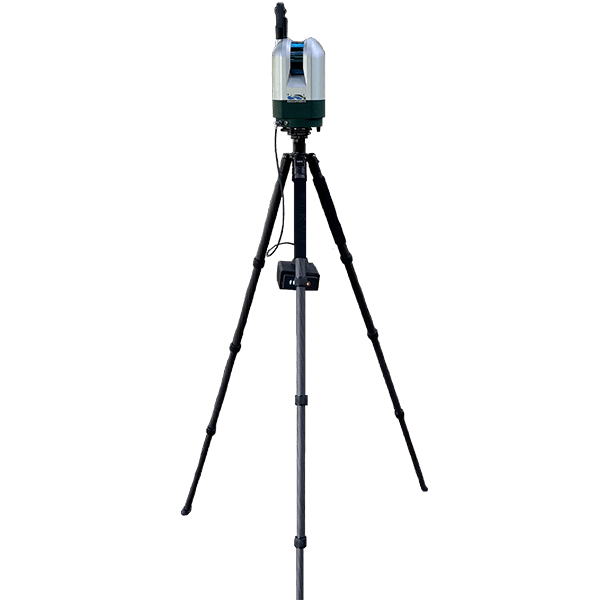3D Scanning in Melbourne- Renovations Provide Higher Accuracy
The discipline of 3D scanning in Melbourne has advanced significantly in recent years, changing businesses and opening up new opportunities. Melbourne, a city well-known for its inventiveness and thriving IT community, is leading the way in this technological revolution. From complex plans to architectural marvels, 3D scanning is quickly becoming a vital tool for many different municipal sectors.

In addition to being essential for maintaining historic structures, 3D laser scanning is also helping to push the envelope in modern architecture. For example, architects employ 3D scanning to produce precise representations of existing circumstances while remodelling or restoring heritage sites. This accuracy aids in incorporating contemporary conveniences while preserving the authenticity of the original design.
Expansion and Urban Planning With Better Structures
Urban planning in Melbourne is getting more and more complicated as the city grows and changes. Developers and urban planners may access exact data about current infrastructure and landscapes thanks to 3D scanning. For the purpose of simulating and analysing the effects of new developments, this data is essential for building intricate models of urban environments.
For example, 3D scanning can be used to visualise the potential effects of a new high-rise building on the area around it, including issues such as traffic flow, exposure to sunshine, and environmental impact. Melbourne can guarantee that its development is inventive and sustainable by incorporating 3D scanning into the planning process.
Virtual Reality for Learning and Entertainment
3D scanning is also helping Melbourne's entertainment sector, which includes virtual reality (VR) and gaming. 3D scanning is a tool used by VR and game makers to generate realistic settings and characters. This technology makes it possible to create incredibly realistic and detailed virtual worlds, which improves user immersion.
It is anticipated that the uses for 3D scanning will grow even more as technology develops. We may expect to see more 3D scanning applications in Melbourne across a range of industries, such as manufacturing, healthcare, and education. For example, 3D scanning in the medical field could be utilised to build customised medical models for more precise diagnosis and therapies. It's fascinating to think about how this technology will continue to influence the development and creativity of the city as we look to the future.
Comments
Post a Comment